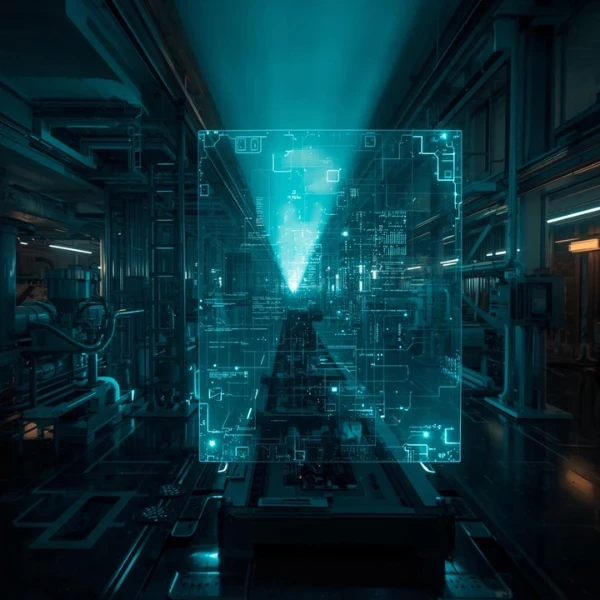Power to the subject matter experts: Using “no-code” digital twins in the PI System for remote operations
In the final instalment of his series on remote operations during Covid-19, OSIsoft’s Craig Harclerode looks at how subject matter experts can configure smart asset class templates to create a no-code digital twin
Add bookmark
In this fourth blog in my series on remote operations during Covid-19, I want to explore how subject matter experts (SMEs) can configure smart asset class templates in Asset Framework (AF), the contextualization layer of the PI System, to create a no-code digital twin that serves as a digital replica of their operations.
The power of AF templates stems from the ability of SMEs to configure, in an agile, evolutionary way, digital replicas of physical asset classes that act like LEGO blocks, enabling the SMEs to form a digital representation of a physical asset, unit, plant or enterprise. The SMEs can select from a portfolio of analytical time-based scripts, similar to the formula drop down in Excel, and configure the digital twin in AF using expressions to codify their knowledge in calculations, analytics, event frames and notifications.
AF allows engineers to assign units of measure to each measurement or attribute and enable “casting” – the ability to easily convert to different units of measurement, which is a common source of error. PI AF enables the abstraction from a diverse set SCADA or DCS tag names into a standard naming lexicon using easy-to-understand attributes.
AF templates can have parent–child relationships and inherited properties to address both the common asset class attributes, as well as the smaller differences commonly found because of asset evolution and sub-model differences.
An example of this is TC Energy, one of the largest midstream operators in North America, who developed and maintains an asset-class template library for different type of drivers – turbine, reciprocating and electrical – as well as a set of anomaly templates that address common anomalies across each type (see Figure 1).

Figure 1: Illustration of the power of “no code” digital twin templates – scalability and manageability. (Reference: PI World 2019 TC Energy's OpsVision 2020 Presentation).
These AF templates serve as no-code digital twins of TC Energy's thousands of miles of pipelines. The templates require no programming and rely on intuitive, time-focused scripts with wizard-enabled configuration to allow SMEs who best know the assets to develop descriptive, diagnostic and simple predictive analytics – the results of which can be historized for trending.
Another powerful capability to supercharge diagnostic analytics and “tune” anomaly detection expressions is the ability for SMEs to develop a hypothesis of what happened to cause an anomaly or process event, configure a new expression or modify an existing and “back cast” it into high-fidelity historical data to see if the new or modified expression would have detected the anomaly. If not, further tuning can be done in an iterative way to evolve the expression to fully detect the anomaly. Once satisfied, the SME can then use the modified digital twin template in PI AF to propagate or “forward cast” the new anomaly detection to every asset that uses the template. This enables massive scalability and manageability.
This “no-code” digital template can be used to create rich asset data to calculate efficiencies, health indexes, run times, totals and other roll-up KPIs that can be historized and made available to other analytics, including higher level, advanced predictive, prescriptive and adaptive analytics typically done in overlay analytical tools.
In summary, “no-code” digital twin templates in AF enable SMEs to elevate their ability to support front line operations and enable organizational self-serve, contextualized operational intelligence. This powerful capability in AF is transforming the industry and empowering SMEs to drive improvements in their operations.
To learn more about remote oil and gas operations with Digital Twins, watch the on-demand webcast here.

























